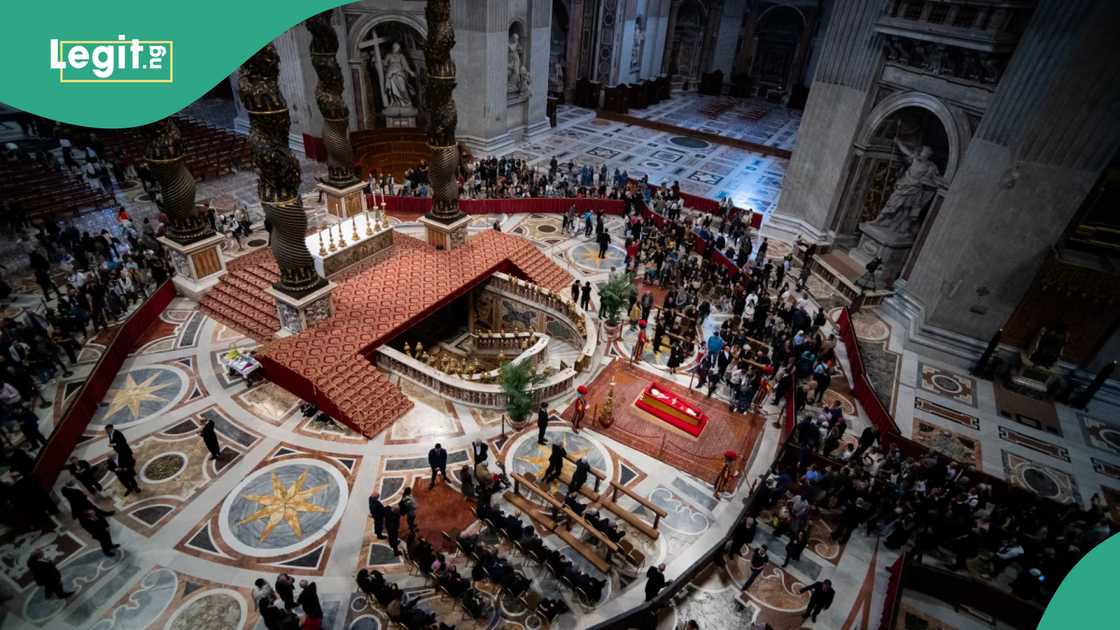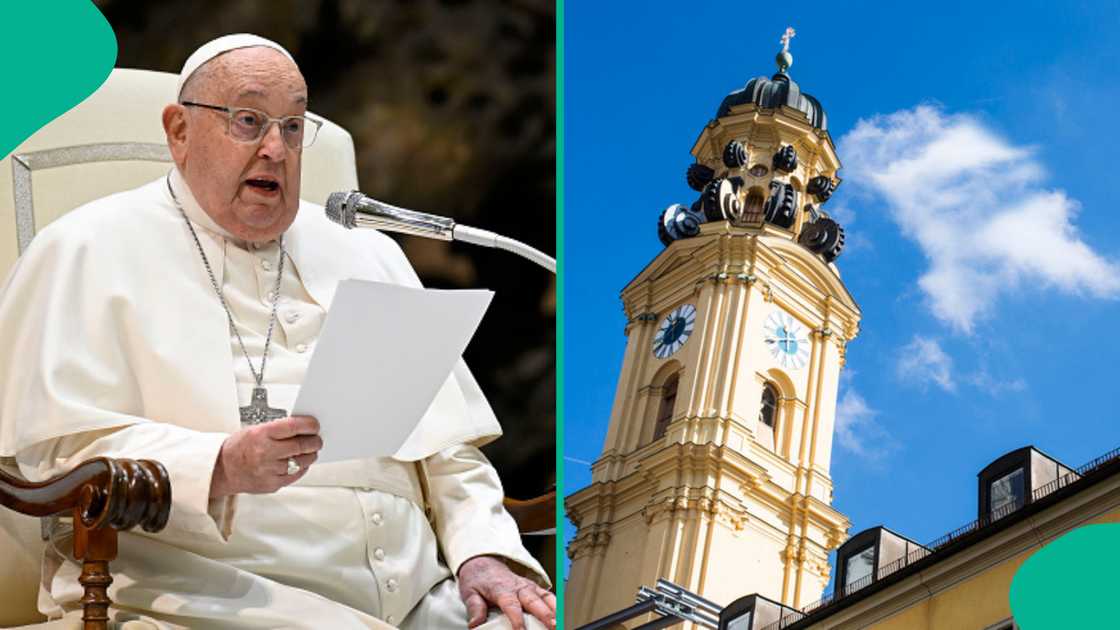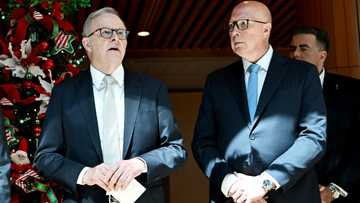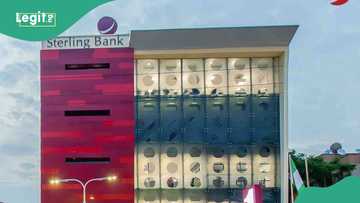What Cardinals Eat Everyday as They Wake Up to Choose New Pope
- For over 750 years, strict food rules have safeguarded the secrecy of papal conclaves, preventing hidden messages from influencing elections
- Ahead of the upcoming conclave, cardinals dine at their favourite restaurants before entering seclusion for voting in the Sistine Chapel
- During the conclave, meals are carefully prepared and inspected to ensure complete isolation, following centuries-old traditions
For more than 750 years, strict rules have governed the food served to cardinals during a papal conclave to prevent any possibility of hidden messages influencing the election.
During the secret election for a new pope—scheduled to begin on 7 May—135 cardinals will be secluded inside the Vatican’s Sistine Chapel with no external communication allowed except for the traditional smoke signals indicating voting results.

Source: Getty Images
According to BBC, white smoke will signal that a new pope has been elected, while black smoke means another vote is required to reach the two-thirds-plus-one majority needed.
Cardinals enjoy fine dining before seclusion
Before the conclave begins, cardinals traditionally visit their favourite restaurants in Rome for one last meal. In 2013, Italian media reported that cardinals frequented local eateries such as Al Passetto di Borgo, where Cardinal Donald William Wuerl was known for his lasagna, while Francesco Coccopalmerio, a leading Italian cardinal, preferred grilled squid.
These meals are significant because, once the conclave starts, cardinals will eat, sleep, and vote under strict supervision, with all meals carefully prepared and scrutinised.
Historic food protocols ensure conclave secrecy
Dating back to 1274, papal elections have included strict food regulations. Pope Gregory X introduced rationing rules that limited cardinals to one meal per day after three days of voting, reducing them to only bread and water after eight days.
Although these extreme restrictions were later relaxed, the food served to cardinals remains tightly controlled to prevent secret communications. Bartolomeo Scappi, a Renaissance chef who served multiple popes, documented how guards monitored kitchens to ensure meals did not conceal hidden messages.
To prevent tampering, food was passed through a turntable "wheel" built into the walls. No whole chickens, closed pies, or opaque vessels were allowed, as they might obscure messages.

Source: Getty Images
Modern conclave meals follow tradition
For the upcoming conclave, nuns at Domus Sanctae Marthae, the residence where cardinals stay during sequestration, will prepare simple dishes reflective of Lazio and Abruzzo cuisine, including minestrone, spaghetti, lamb skewers, and boiled vegetables.
While modern technology has shifted concerns away from hidden messages in food, strict protocols remain in place to maintain the secrecy and integrity of the papal election.
As cardinals prepare for seclusion, many may linger over their last meals in Rome, aware that for one among them, it could indeed be their final supper before becoming pope.
Process for next pope scheduled to commence
Legit.ng earlier reported that on Easter Monday, Pope Francis passed away at Rome's Gemelli Hospital after suffering a stroke and irreversible heart failure at the age of 88.
With the passing of Pope Francis, who presided over the Roman Catholic Church and its estimated 1.4 billion followers for 12 years, attention now turns to the selection of his successor.
Source: Legit.ng




